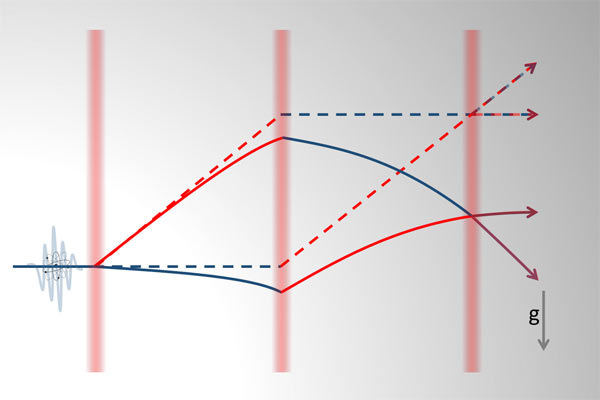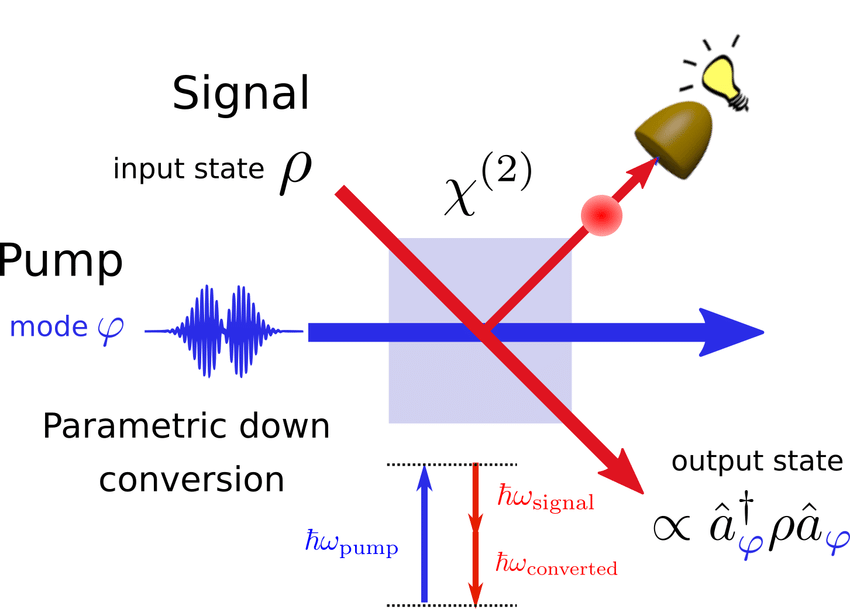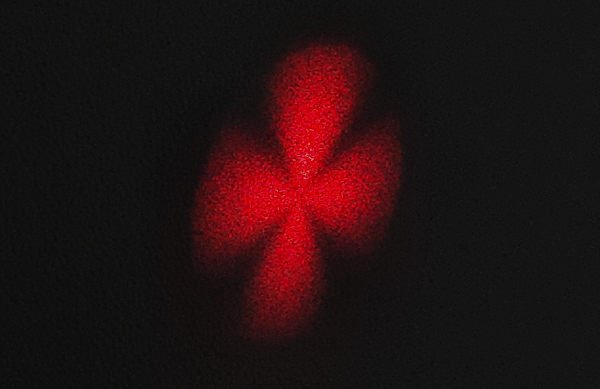Quantum mechanics deals with the limits where our intuitive understanding of this classical world falls apart. The non-classical properties like coherent superposition and entanglement, manifested in atoms and photons can be harnessed to create technologies inaccessible through classical resources. At the School of quantum technology, we work on frontier areas of research and development in all things quantum and train the next generation of scientists and technocrats for this brave new world
Research Areas
Cold atoms provide clean systems to understand physics far beyond our intuitions. The fast-moving atoms are cooled by irradiating them with laser light of a specific frequency. With a little assistance from the magnetic field, the atoms can be trapped. The temperature of the atoms so trapped can be pretty close to absolute zero. With carefully controlled optical, magnetic and electrical fields as tools, the sensitivity achieved can be very high. It is incredible what these table-top experiments can accomplish.
The research activity largely centered on realizing satellite-based and fiber-based Quantum communication protocols by exploiting quantum states of light. It consists of developing the cost-effective & compact satellite-ready single photon and entangled photon sources. Polarization is the mostly used degrees of freedom of light to encode the information in two-dimensional Hilbert space. Quantum Key Distribution systems over optical fibers and optical fiber networks are also being taken up by our School.
In continuous variable quantum optics, the non-Gaussian quantum states are an essential resource for Quantum information science. Non-Gaussian quantum states are classified as a set of quantum states which has negative Wigner distribution. For multimode quantum states of light, the Spectro-temporal modes are the set of orthogonal modes represented in the Hermite-Gauss mode basis, which can be manipulated using pulse shaping techniques.



